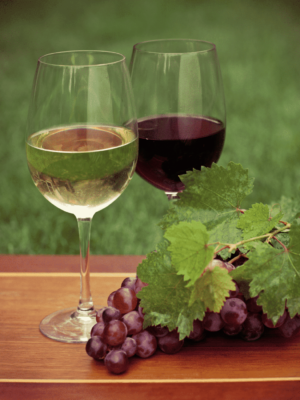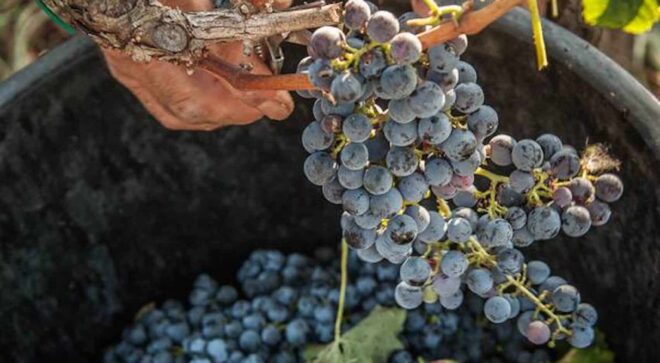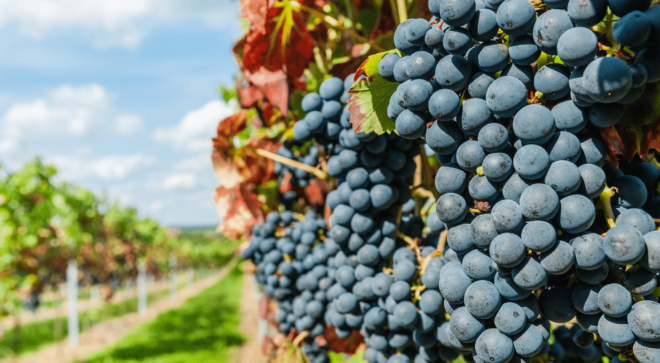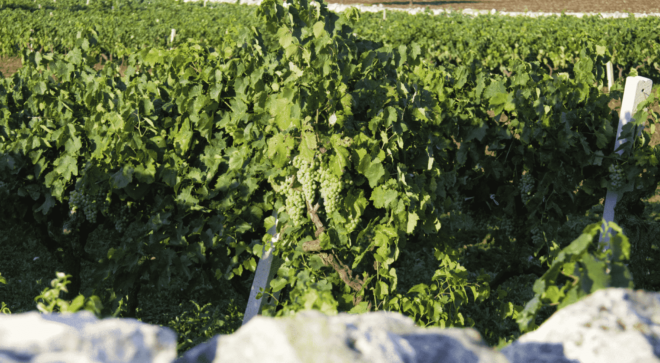Salice Salentino DOC
These south-eastern Italian wines from Puglia are mostly sweet, robust reds but also available in white and rosé.
Presentation
Territory
Grape Variety
Aromas and pairings
Presentation
The Salice Salentino DOC denomination was created in 1976. Initially, it included only red wines, but first, in 1990 and then in 2010, extensions were made to include white and rosé wines as well. The area pertaining to the denomination is located in the town of Salice, in the Salento Peninsula, and from here it extends north and west. The denomination was recognized in the same year as the nearby Squinzano DOC, and a few years before Leverano (1979). The vines have lived in this area since at least the sixth century BC and have been the object of praise from poets and agricultural historians.
Often in the past, the robust red wines produced in this area have been mentioned for their ‘sweetness’, suggesting that they may have been similar to the sweet red wines of Manduria (object of the first DOCG of Puglia, recognized in November 2010). The modern wines of Salice Salentino DOC are mainly red and rosé. White types have been gaining momentum in recent times, thanks to global market demand for high-quality white wines.

Territory
The DOC comprises 1,950 hectares (4,815ac) of vineyard area. Approximately 20 kilometres (12mi) northwest of the city of Lecce, the DOC is entirely landlocked, but fortunately enjoys cool breezes from both the Adriatic Sea and the Gulf of Taranto.
The deep soils across the region are diverse with the best viticultural sites found on pockets of clay-limestone. Temperatures here regularly surpass 40°celsius (104°F) with up to 300 days of sunshine each year in this hot and dry climate.
This creates ideal ripening conditions for grapes to develop high levels of sugar over the growing season with the wine subsequently high in potential alcohol. Negroamaro, a particularly sturdy variety is well-suited to these harsh growing conditions.
Grape Variety
Red wines are produced with Negroamaro, the main vine of Salice Salentino DOC, which is, as the name suggests, dark and bitter. The other variety allowed in reds is the softer and more fruity Malvasia Nera, which could actually have played a much more decisive role in the wines of the time.
White wines are mainly produced from Chardonnay grapes, the vine that has had the greatest expansion in the world in recent decades. Pinot Bianco and Fiano can also be used for Salice Salentino DOC white, and are also present with their respective varietal types.
Aromas and pairings
Salice Salentino DOC is a full-bodied, dry, velvety wine that pairs well with pasta-based first courses (made with ragu sauce), stewed or boiled meats, cheeses, and soups. The classic pairing is the olive-oil-based Mediterranean cuisine.
For whites and rosés, the perfect pair is antipasti (swordfish carpaccio, marinated octopus, fresh burrata, ricotta wrapped in prosciutto, grilled bell peppers and sautéed mushrooms).
The ideal match is with savoury soups and stews, grilled vegetables, spicy roasted and grilled meats, tomato-based red meat ragout, and aged cheeses for the red wines. Furthermore, red wines are great for outdoor grillings. They go particularly well with any barbecued food: burgers, hot dogs, ribs, and spice-rubbed chicken, beef, or lamb.

Photo gallery
Learn more

Discover italy
Are you curious by nature? Are you a foodie? Discover the rich culture and gastronomy that is particular to each region.



